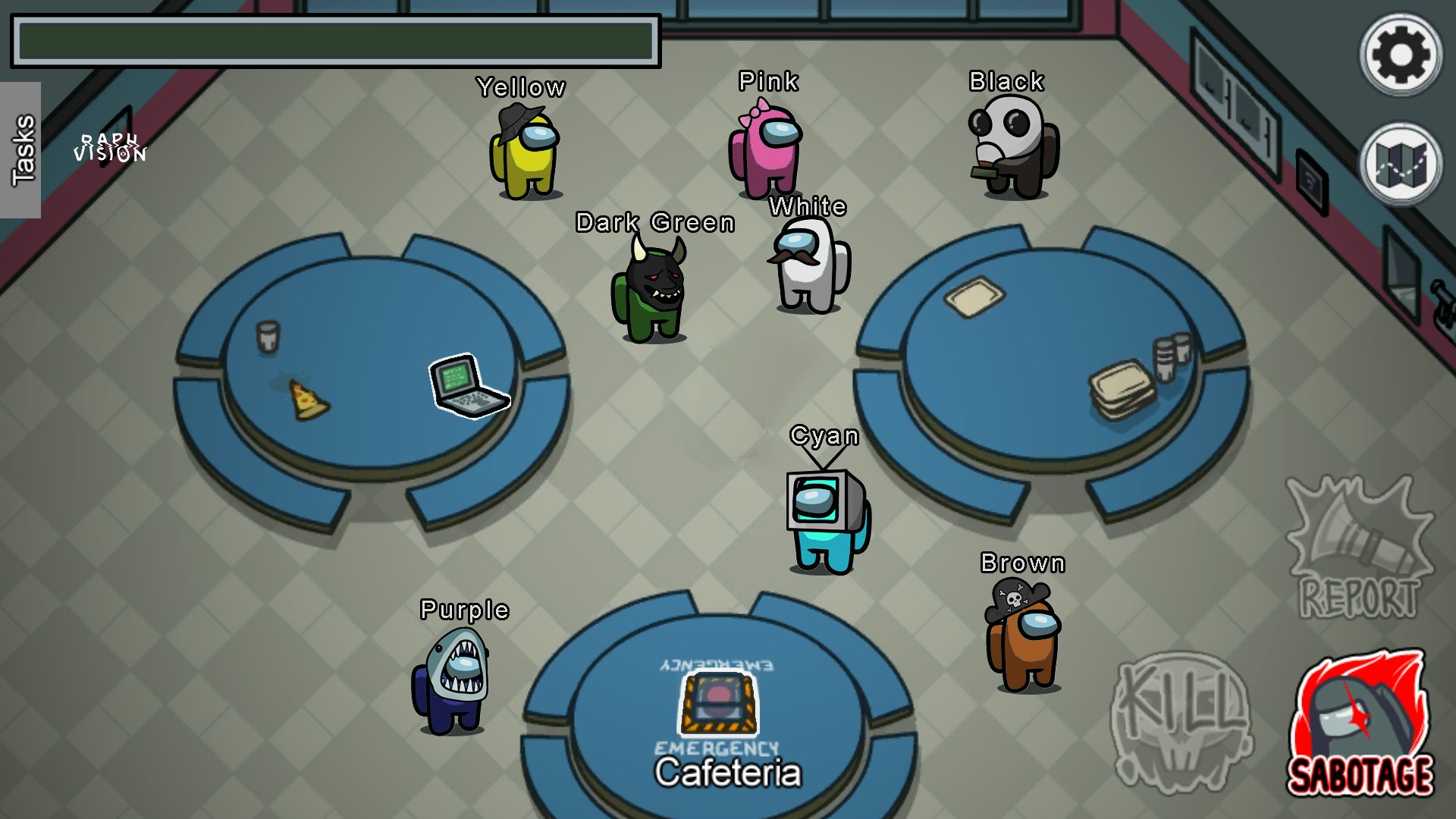

Others, resignation letters, or their carefully compiled list of every single video game, ever.īut others post more contentious documents. Many people paste legitimate things on Pastebin. This site allows people to paste information publically and anonymously. One of the first places for personal data to appear after it has been stolen is on Pastebin. The second comes from what he calls ‘pastes’. The first comes from large data breaches that have been publicly disclosed. With tongue firmly in cheek, he set up a proof of concept website: Was Company Hacked? It performs a custom Twitter search based on a brand name entered by the user, along with some appropriate security hashtags, to see if there is any chatter in the Twitterverse about attacks on the company.Īustralian security expert Troy Hunt has taken things a step further with Have I Been Pwned? Instead of looking for social media chatter, this site gathers two sets of data. Zeltser realised that social media chatter can often throw up information about suspicious activity concerning your company online. Sometimes, that evidence may not even be on your own network. Instead of looking at the black hole directly, they find evidence of a black hole based on what’s happening to things around it. So perhaps we can learn something from astronomers. They suck in all of the material they can find, and you can’t see them directly. Stealthy hackers are a lot like black holes. Hackers may also trickle data out of the organisation slowly, rather than in a torrent, to help stay below the radar. This is safer than sending gigabytes of data at night, when no one else is using the network, Sverdlove said. Smart hackers may also send their stolen data at peak times of the day, so that they can blend in with everyone else’s internet traffic on the company network. These applications might be used by any legitimate employee, making them hard to spot. It wasn’t a piece of malware, and so it wasn’t going to get flagged by antivirus,” Sverdlove said. Instead, he has seen criminals using brand-name online storage services to upload sensitive data from their victims’ networks. Installing custom malware to send stolen data to a remote server halfway across the world can risk detection. Stealth attackers will sometimes use programs that are already on a victim’s computer network to do their dirty work, rather than installing malicious software. One way they do this is by “living off the land”, said Sverdlove. They want to avoid changing anything too much, lest it draw unwanted attention from alert systems administrators. Whatever the motive, the stealthy attacker will use a variety of tricks to avoid detection. But organised criminals are also eager to stay inside your system as long as possible, too, siphoning off valuable data such as customer information and credit card details. They want to pilfer your patents, and steal your negotiating documents. These attackers are after your intellectual property. It’s that last category that wants to stay silent, because they want to stay in as long as possible.” “There are criminal enterprises, and there’s espionage, which may be corporate or nation state. There are other types of cybercriminal too, though, Sverdlove warns. “They’ll paste your passwords onto Pastebin, and they’ll mess up your website,” he said. “If a hacktivist attacks you, you’re going to know about it within 24 hours, because they’re going for the glory,” said Harry Sverdlove, CTO of IT security firm Bit9 + Carbon Black. These attackers still exist, and are often driven to make a political point. They were eager to crow about what they had done, and often revealed themselves in spectacular fashion by deleting files or defacing websites. In the early days of cyber intrusion, many hackers were crying out to be known.

Or to quote Donald Rumsfeld, when thinking about hackers, companies will always have to cope with those pesky unknown unknowns. “However, the lack of visible signs of a compromise doesn’t indicate that the enterprise has not been breached.” “A company responding to signs of infection can conclude that it has been breached,” he points out. “In this context, it’s impractical to prove a negative,” said Lenny Zeltser, a senior faculty member at the SANS Institute, who teaches malware defence and analysis there. When you get back, everything might still be in your bag, but you can’t be certain that no one sneaked a peek.

Working out whether you’ve been hacked by cybercriminals is like leaving your diary in your bag while you visit the bathroom. A ccording to the UK Government’s 2014 cybersecurity survey, 81% of large businesses have suffered malicious data breaches.


 0 kommentar(er)
0 kommentar(er)
